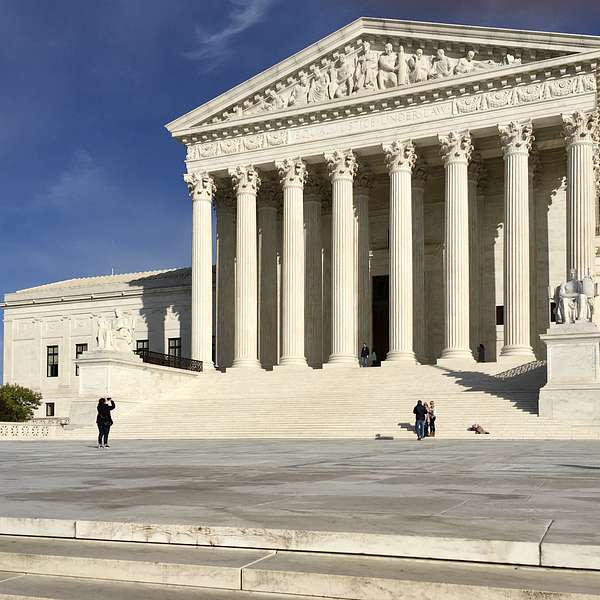
Supreme Court Decision Syllabus (SCOTUS Podcast)
Following what the Supreme Court is actually doing can be daunting. Reporting on the subject is often only done within the context of political narratives of the day -- and following the Court's decisions and reading every new case can be a non-starter. The purpose of this Podcast is to make it as easy as possible for members of the public to source information about what is happening at the Supreme Court. For that reason, we read every Opinion Syllabus without any commentary whatsoever. Further, there are no advertisements or sponsors. We call it "information sourcing," and we hope that the podcast is a useful resource for members of the public who want to understand the legal issues of the day, prospective law students who want to get to know legal language and understand good legal writing, and attorneys who can use the podcast to be better advocates for their clients.
*Note this podcast is for informational and educational purposes only.
Supreme Court Decision Syllabus (SCOTUS Podcast)
Delligatti v. United States ("Crime of Violence")
In Delligatti v. United States, the Supreme Court held that New York attempted second-degree murder qualifies as a crime of violence under 18 U.S.C. §924(c) because the knowing or intentional causation of death, whether by act or omission, necessarily involves the use of physical force under §924(c)(3)(A).
Salvatore Delligatti was convicted under §924(c) after recruiting gang members to kill a suspected police informant and providing a loaded revolver for the crime. Before trial, he moved to dismiss the §924(c) charge, arguing that the predicate offense—attempted murder under the violent-crimes-in-aid-of-racketeering (VICAR) statute (§1959(a)(5))—was not a crime of violence. His argument relied on New York law, which allows second-degree murder to be committed by omission, such as failing to perform a legal duty, meaning it does not categorically require the use of physical force. The Second Circuit rejected his argument, concluding that attempted second-degree murder under New York law necessarily involves force.
In a 7-2 opinion by Justice Thomas, the Court affirmed. Applying the reasoning from United States v. Castleman, the Court held that the knowing or intentional causation of bodily injury inherently involves the use of physical force, even when the offense is committed by omission. The Court reasoned that force does not require direct physical contact and can include indirect means such as poisoning or starvation. The majority further concluded that the term "crime of violence" must be understood in a manner consistent with how intentional homicide has historically been treated under criminal law, including liability for omissions.
Justice Gorsuch, joined by Justice Jackson, dissented, arguing that §924(c) requires an affirmative use of force, not mere inaction, and that Congress did not clearly intend to include crimes of omission within its definition of a violent crime.
The Court’s ruling upholds Delligatti’s conviction and clarifies the scope of federal firearm enhancements for violent crimes.
Read by Jeff Barnum.
